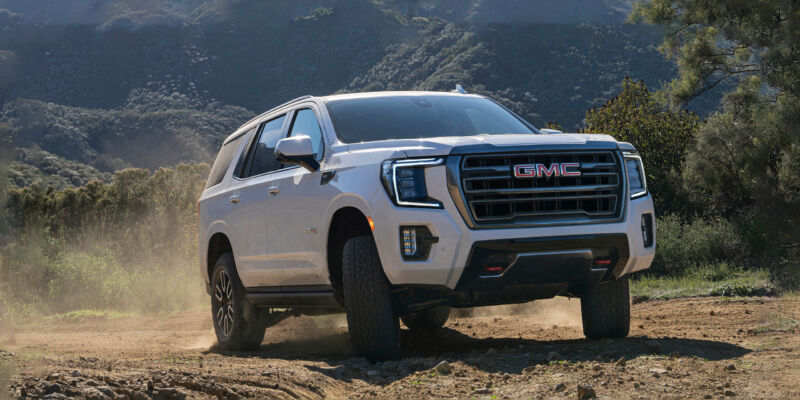Android Automotive goes mainstream: A review of GM’s new infotainment system

Enlarge (credit: GMC)
Android Automotive, Google's operating system for cars, has historically been pretty niche, and only a handful of high-profile cars like the Polestar 2 have used it. Now, though, Android Automotive is going mainstream, and we're starting to see some of the biggest car manufacturers roll out Google's operating system across entire lineups.
Today, we're looking at the 2022 GMC Yukon, but really, this is General Motors' Android Automotive system, and you'll see it rolled out across most of GM's lineup in the future. The same basic setup powers the Hummer EV1, and with all of the parts-sharing that goes on at GM, expect to see this system pop up in Chevys, GMCs, Cadillacs, and Buicks. With Ford and Honda jumping into the Android Automotive ecosystem in the near future, Google's car OS will soon be everywhere.
Let's get the usual disclaimer out of the way: This article is not about Android Auto, Google's tethered phone app and competitor to Apple's CarPlay. Android Automotive, fully spelled out (it's sometimes branded as "Google Built-In"), means the car is one big Android device. A computer runs the car's infotainment system, and that computer runs Android. Even if you have an iPhone in your pocket, that won't change the OS your car runs (it does support CarPlay, though). For most models, buying General Motors will mean buying an Android Car. You'll see an on-screen message pop up during setup saying, "By using this car, you agree to Google's terms of service."